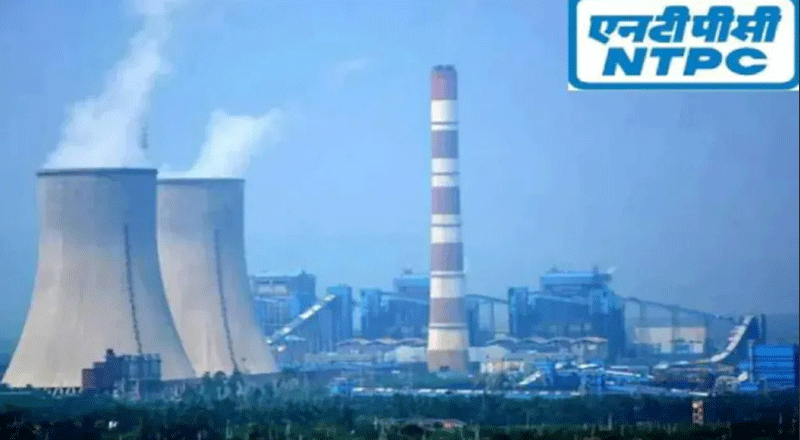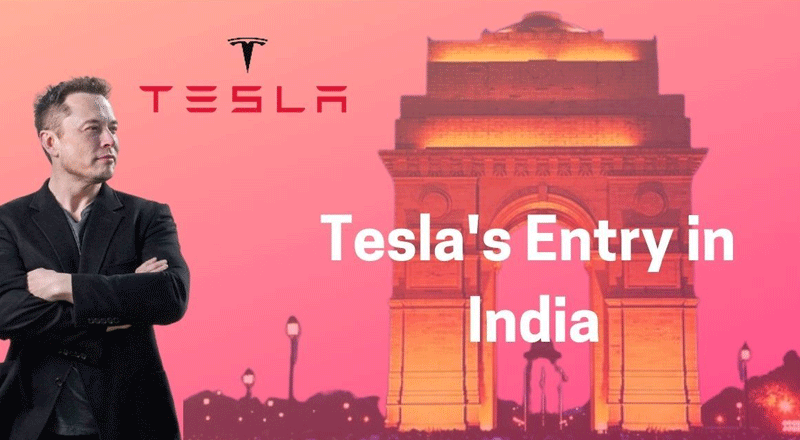NTPC’s Legacy and Future Ambitions
Established in 1975, NTPC (National Thermal Power Corporation) has played a pivotal role in India’s energy sector. Initially focused on coal-based thermal power generation, NTPC has expanded its portfolio to include renewable energy, hydro, and nuclear power. Currently, it stands as India’s largest power producer, with an installed capacity of over 73 GW, generating electricity to meet the demands of the world’s most populous nation.
As India moves towards a net-zero emissions target by 2070, NTPC is evolving beyond its coal-dependent past. The company has aggressively diversified into clean energy, including solar, wind, and now, nuclear power. In FY 2023, NTPC reported a revenue of approximately ₹1.7 trillion ($20.4 billion), reinforcing its position as a key player in India’s power sector.
With India’s commitment to achieving 500 GW of non-fossil fuel electricity generation capacity by 2030, NTPC is set to play a crucial role in expanding nuclear energy—a sector poised for massive growth following recent policy changes.
NTPC’s $62 Billion Nuclear Power Push
According to sources, NTPC is planning an ambitious $62 billion investment to build 30 GW of nuclear power capacity over the next two decades—three times its initial target of 10 GW. This bold move aligns with India’s long-term goal of achieving 100 GW of nuclear power capacity by 2047, marking a significant shift in the country’s energy landscape.
“NTPC plans to lead India’s nuclear power expansion, just as it did in the thermal sector,” a source revealed. The company has already begun identifying land for new nuclear plants, despite the historical challenges of local resistance and land acquisition hurdles.
Existing and Upcoming Nuclear Projects
NTPC is currently developing two 2.6 GW nuclear power plants in collaboration with the state-run Nuclear Power Corporation of India Ltd (NPCIL):
- Madhya Pradesh
- Rajasthan
To further accelerate its expansion, NTPC has started preliminary land approvals in eight states, including:
- Gujarat (PM Modi’s home state)
- Uttar Pradesh
- Madhya Pradesh
- Andhra Pradesh
- Tamil Nadu
The company is exploring 27 locations for potential sites, which could accommodate at least 50 GW of nuclear power capacity.
Private Sector and Foreign Collaboration
With India opening its nuclear sector to private and foreign investment, several major Indian conglomerates—such as Tata Power, Vedanta, Reliance Industries, and Adani Power—have shown interest in nuclear projects.
NTPC’s new subsidiary, NTPC Parmanu Urja Nigam, will lead investments in nuclear energy, likely forming partnerships with global firms to advance its nuclear ambitions. Discussions are already underway with:
- France’s EDF
- General Electric (USA)
- Holtec International (USA)
- Russian nuclear firms
France’s EDF has expressed willingness to collaborate with Indian industrial partners for small modular reactor (SMR) projects. Meanwhile, NTPC is in talks with GE and Holtec for potential partnerships, though no official confirmation has been provided.
Policy Reforms and Government Support
India’s nuclear energy expansion was previously constrained by legal and policy barriers, including:
- The Atomic Energy Act of 1962, which restricts private investment in nuclear power plants.
- The Civil Liability for Nuclear Damage Act of 2010, which imposes stringent liabilities on foreign fuel and equipment suppliers, discouraging partnerships with companies like GE and Westinghouse.
However, in a significant policy shift, Finance Minister Nirmala Sitharaman has proposed amending these laws to attract foreign investment and accelerate India’s nuclear energy development. The government has also allocated ₹200 billion ($2.3 billion) for research and development of Small Modular Reactors (SMRs), with a target of commissioning at least five SMRs by 2033.
During recent visits to France and the United States, PM Narendra Modi emphasized India’s commitment to nuclear power and discussed collaboration opportunities with global leaders. These diplomatic engagements signal India’s strategic shift toward nuclear energy as a key pillar of its future energy security.
Challenges and the Road Ahead
Despite strong government backing, NTPC’s nuclear expansion faces several hurdles:
- Public resistance to land acquisition, especially in densely populated areas.
- Regulatory and environmental approvals that could delay project execution.
- Dependence on foreign technology, which necessitates long-term agreements with international partners.
- High capital costs, as nuclear power plants require significant upfront investment and long payback periods.
However, if NTPC successfully executes its nuclear roadmap, it could transform India’s energy sector and reduce dependence on fossil fuels. With a growing electricity demand and an urgent need to curb carbon emissions, nuclear energy could play a crucial role in India’s transition towards a cleaner and more sustainable power ecosystem.
A Transformational Leap for NTPC and India
NTPC’s ambitious $62 billion nuclear power expansion represents a historic shift in India’s energy policy. By tripling its nuclear capacity target and forging international collaborations, the company is positioning itself as a leader in India’s nuclear future—just as it once dominated the thermal power sector.
With the government’s strong policy push, regulatory reforms, and global partnerships, NTPC’s nuclear ambition could be the next big step toward energy self-reliance, sustainability, and economic growth. If successfully implemented, this initiative will not only strengthen India’s energy security but also establish NTPC as a global powerhouse in clean energy production.
(With inputs from agencies)





